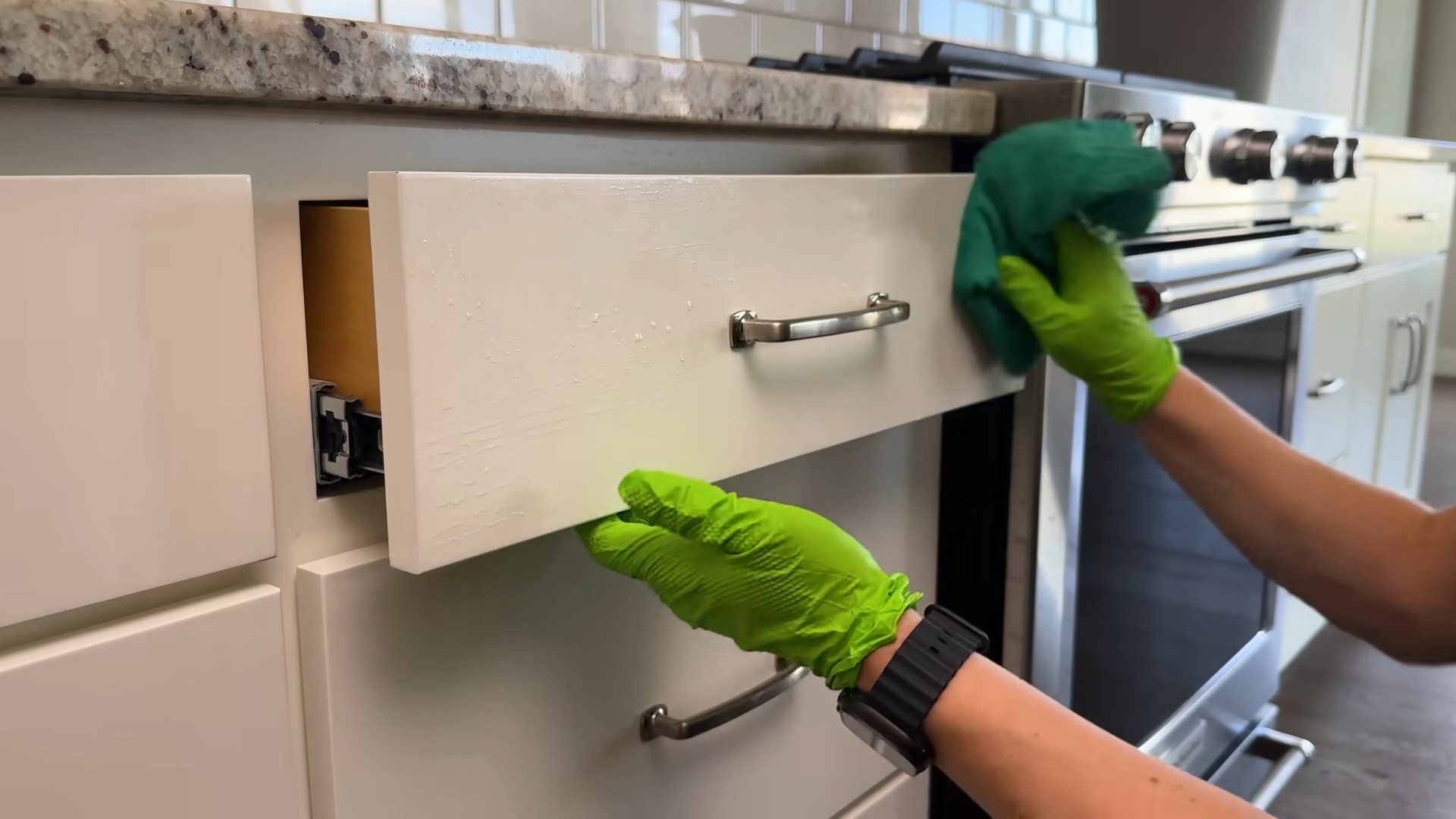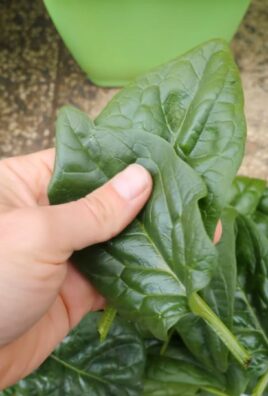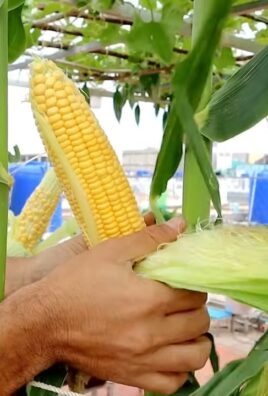Grow Strawberries at Home – imagine plucking juicy, sun-ripened strawberries straight from your own garden! There’s nothing quite like the taste of homegrown berries, and the satisfaction of nurturing them from tiny plants to delicious treats. But did you know that cultivating these ruby-red gems can be surprisingly easy, even if you don’t have acres of land?
For centuries, strawberries have been cherished for their flavor and health benefits. From ancient Roman gardens to medieval monastery plots, these berries have a rich history. In many cultures, they symbolize love, purity, and good fortune. Today, the desire to grow strawberries at home is surging, driven by a longing for fresh, healthy food and a connection to nature.
Let’s face it, store-bought strawberries often lack the vibrant flavor and sweetness of homegrown ones. Plus, you have complete control over what goes into your garden, ensuring your berries are free from harmful pesticides and chemicals. In this article, I’m going to share some simple, yet effective DIY tricks and hacks that will empower you to cultivate a thriving strawberry patch, no matter your experience level or space constraints. Whether you have a sprawling backyard or a small balcony, I’ll show you how to enjoy a bountiful harvest of delicious strawberries right at your doorstep. Get ready to dig in and discover the joy of growing your own!

Grow Your Own Delicious Strawberries: A DIY Guide
Hey there, fellow gardening enthusiasts! I’m so excited to share my tried-and-true method for growing plump, juicy strawberries right at home. Forget those bland, store-bought berries – nothing beats the taste of homegrown! This guide will walk you through everything you need to know, from choosing the right variety to harvesting your sweet rewards. Let’s get started!
Choosing the Right Strawberry Variety
Before you even think about planting, you need to decide which type of strawberry is right for you. There are three main types, and each has its own unique characteristics:
* June-Bearing: These strawberries produce one large crop per year, usually in late spring or early summer. They’re known for their intense flavor and are perfect for making jams and preserves. Popular varieties include ‘Earliglow,’ ‘Honeoye,’ and ‘Chandler.’
* Everbearing: Don’t let the name fool you – everbearing strawberries don’t produce fruit continuously. Instead, they produce two or three crops per year: one in spring, one in late summer, and sometimes a smaller crop in fall. They’re a good choice if you want a longer harvest season. Some popular everbearing varieties are ‘Ozark Beauty,’ ‘Seascape,’ and ‘Albion.’
* Day-Neutral: These strawberries are the most consistent producers, yielding fruit throughout the growing season as long as the temperature is between 35°F and 85°F. They’re a great option if you want a steady supply of strawberries all summer long. ‘Tristar,’ ‘Seascape,’ and ‘Albion’ are also popular day-neutral choices.
My Recommendation: I personally love growing a mix of June-bearing and day-neutral varieties. This way, I get a big harvest for preserving and a continuous supply for snacking!
Preparing Your Strawberry Patch
Strawberries need a sunny spot and well-drained soil to thrive. Here’s how to get your garden ready:
* Sunlight: Strawberries need at least 6-8 hours of direct sunlight per day. Choose a location in your yard that gets plenty of sun.
* Soil: Strawberries prefer slightly acidic soil with a pH between 5.5 and 6.5. If your soil is heavy clay or sandy, amend it with compost or other organic matter to improve drainage and fertility.
* Weed Control: Clear the area of all weeds and grass. Strawberries don’t compete well with weeds, so it’s important to start with a clean slate.
* Soil Testing: I highly recommend getting your soil tested before planting. This will tell you the pH level and nutrient content of your soil, so you can make any necessary amendments. You can usually get a soil test done through your local agricultural extension office.
Planting Your Strawberries
Now for the fun part – planting! You can start strawberries from seeds, bare-root plants, or potted plants. I prefer using bare-root or potted plants because they’re easier to establish.
Step-by-Step Planting Guide:
1. Soak Bare-Root Plants: If you’re using bare-root plants, soak the roots in water for about an hour before planting. This will help rehydrate them.
2. Dig Holes: Dig holes that are large enough to accommodate the roots of your plants. Space the holes about 12-18 inches apart in rows that are 2-3 feet apart.
3. Planting Depth: This is crucial! Make sure the crown of the plant (the point where the roots meet the stem) is level with the soil surface. Planting too deep can cause the crown to rot, while planting too shallow can dry out the roots.
4. Spread the Roots: Gently spread the roots out in the hole before backfilling with soil.
5. Water Thoroughly: After planting, water the plants thoroughly to settle the soil and help them establish.
6. Mulch: Apply a layer of mulch around the plants to help retain moisture, suppress weeds, and keep the berries clean. Straw, pine needles, or wood chips are all good options.
Caring for Your Strawberry Plants
Once your strawberries are planted, it’s important to provide them with the care they need to thrive.
* Watering: Strawberries need consistent moisture, especially during fruit production. Water deeply whenever the top inch of soil feels dry. Avoid overhead watering, as this can promote fungal diseases. Drip irrigation is a great option for strawberries.
* Fertilizing: Fertilize your strawberries in early spring and again after the first harvest. Use a balanced fertilizer that’s specifically formulated for berries. Follow the instructions on the fertilizer label carefully.
* Weed Control: Keep your strawberry patch free of weeds by hand-pulling them regularly. Mulch can help suppress weed growth, but you’ll still need to do some weeding.
* Pest and Disease Control: Strawberries can be susceptible to various pests and diseases, such as slugs, snails, spider mites, and fungal diseases. Inspect your plants regularly for signs of problems and take action promptly. Organic pest control methods, such as insecticidal soap or neem oil, can be effective for controlling many pests. For fungal diseases, ensure good air circulation and avoid overhead watering.
* Runner Management: June-bearing strawberries produce runners (stems that grow horizontally and develop new plants). If you want to maximize fruit production, remove the runners as they appear. Everbearing and day-neutral strawberries also produce runners, but you can let them grow if you want to propagate new plants.
Protecting Your Strawberries from Birds and Other Pests
Birds love strawberries just as much as we do! To protect your precious berries, you can use netting to cover your plants. Make sure the netting is securely anchored to the ground so birds can’t get underneath it. Other pests, such as slugs and snails, can also damage strawberries. You can use slug bait or traps to control these pests.
Harvesting Your Strawberries
The moment you’ve been waiting for – harvesting! Strawberries are usually ready to harvest about 30 days after flowering. The berries should be fully red, plump, and slightly soft to the touch. Gently twist the berries off the plant, leaving a small piece of the stem attached.
Tips for Harvesting:
* Harvest in the morning, when the berries are cool and firm.
* Pick only the ripe berries, leaving the unripe ones to ripen further.
* Handle the berries gently to avoid bruising them.
* Store the berries in the refrigerator immediately after harvesting.
Extending Your Strawberry Season
Want to enjoy strawberries for even longer? Here are a few tips for extending your strawberry season:
* Use Row Covers: Row covers can protect your plants from frost and extend the growing season by several weeks.
* Plant Different Varieties: As I mentioned earlier, planting a mix of June-bearing, everbearing, and day-neutral varieties will give you a longer harvest season.
* Succession Planting: Plant new strawberry plants every few weeks to ensure a continuous supply of berries.
* Cold Frames or Greenhouses: If you have a cold frame or greenhouse, you can start your strawberry plants earlier in the spring and extend the harvest season into the fall.
Propagating New Strawberry Plants
If you want to expand your strawberry patch, you can easily propagate new plants from runners. Here’s how:
1. Choose a Runner: Select a healthy runner with a well-developed plantlet (the small plant that grows at the end of the runner).
2. Anchor the Plantlet: Place the plantlet in a small pot filled with potting soil and anchor it in place with a U-shaped pin or a rock.
3. Water Regularly: Keep the soil moist and wait for the plantlet to develop roots.
4. Sever the Runner: Once the plantlet has developed a strong root system, you can sever the runner from the mother plant.
5. Transplant: Transplant the new strawberry plant to its permanent location in your garden.
Troubleshooting Common Strawberry Problems
Even with the best care, you may encounter some problems when growing strawberries. Here are a few common issues and how to address them:
* Small Berries: Small berries can be caused by a lack of water, nutrients, or sunlight. Make sure your plants are getting enough of all three.
* Rotting Berries: Rotting berries can be caused by fungal diseases or pests. Ensure good air circulation, avoid overhead watering, and control pests promptly.
* Lack of Fruit: A lack of fruit can be caused by poor pollination, frost damage, or nutrient deficiencies. Protect your plants from frost and ensure they’re getting enough nutrients. You can also hand-pollinate the flowers if necessary.
* Yellowing Leaves: Yellowing leaves can be a sign of nutrient deficiencies, pests, or diseases. Check your plants for pests and diseases and amend the soil with fertilizer if necessary.
Enjoying Your Homegrown Strawberries

Conclusion
So, there you have it! Growing strawberries at home, especially using our simple DIY trick, is more than just a gardening project; it’s an investment in fresh, delicious, and healthy eating. Forget those bland, store-bought berries that lack the vibrant flavor of homegrown fruit. With a little effort and our easy-to-follow method, you can cultivate a thriving strawberry patch right in your own backyard, balcony, or even windowsill.
Why is this DIY trick a must-try? Because it simplifies the process, making strawberry cultivation accessible to everyone, regardless of their gardening experience or space constraints. It maximizes yield, ensuring you get the most out of your plants. And, perhaps most importantly, it allows you to control the growing environment, guaranteeing organic, pesticide-free berries for you and your family. Imagine the satisfaction of picking your own sun-ripened strawberries, knowing exactly where they came from and what went into growing them.
But the fun doesn’t stop there! Feel free to experiment with different strawberry varieties to discover your personal favorites. Everbearing strawberries will provide a continuous harvest throughout the growing season, while June-bearing varieties offer a larger, more concentrated crop. Try different container sizes and materials to see what works best for your space and climate. You can even incorporate companion plants like basil or marigolds to deter pests and enhance the flavor of your strawberries.
Consider vertical gardening techniques to maximize space if you’re limited on ground area. Stacked planters or hanging baskets can create a stunning visual display while providing ample room for your strawberry plants to flourish. For those in colder climates, explore methods for overwintering your strawberry plants to ensure a bountiful harvest year after year. Mulching with straw or pine needles can help protect the roots from freezing temperatures.
Don’t be afraid to get creative and personalize your strawberry-growing experience. The possibilities are endless!
We wholeheartedly encourage you to give this DIY trick a try. It’s a rewarding and enjoyable way to connect with nature, improve your diet, and impress your friends and family with your gardening prowess. And once you’ve harvested your first batch of homegrown strawberries, be sure to share your experience with us! We’d love to hear about your successes, challenges, and any variations you’ve tried. Post photos of your strawberry patch, share your favorite strawberry recipes, and let us know what you’ve learned along the way. Together, we can create a community of passionate strawberry growers and inspire others to discover the joy of homegrown fruit. So, grab your gardening gloves, gather your supplies, and get ready to embark on a delicious and rewarding adventure. Happy growing!
Frequently Asked Questions (FAQ)
What is the best time of year to plant strawberries?
The ideal time to plant strawberries depends on your climate and the type of strawberry you’re growing. In general, early spring or late fall are the best times to plant. Spring planting allows the plants to establish themselves before the heat of summer, while fall planting gives them a head start for the following spring. For June-bearing strawberries, planting in early spring is often recommended. Everbearing and day-neutral varieties can be planted in either spring or fall. Consider your local climate and growing conditions when making your decision. If you live in an area with harsh winters, fall planting may require extra protection for the plants.
What kind of soil do strawberries need?
Strawberries thrive in well-drained, slightly acidic soil with a pH between 5.5 and 6.5. The soil should be rich in organic matter to provide essential nutrients and retain moisture. Before planting, amend the soil with compost, aged manure, or other organic materials to improve its fertility and drainage. Avoid heavy clay soils, as they can become waterlogged and lead to root rot. If you have clay soil, consider growing your strawberries in raised beds or containers with a well-draining potting mix. Regular soil testing can help you determine the pH and nutrient levels of your soil and make necessary adjustments.
How much sunlight do strawberries need?
Strawberries require at least six to eight hours of direct sunlight per day to produce a bountiful harvest. Choose a planting location that receives ample sunlight throughout the day. If you’re growing strawberries in containers, you can move them around to ensure they get enough sunlight. Insufficient sunlight can result in smaller berries and reduced yields. In hot climates, some afternoon shade may be beneficial to prevent the plants from overheating.
How often should I water my strawberry plants?
Strawberries need consistent moisture, especially during fruit development. Water deeply and regularly, keeping the soil consistently moist but not waterlogged. The frequency of watering will depend on the weather, soil type, and drainage. Check the soil moisture regularly and water when the top inch feels dry to the touch. Avoid overhead watering, as it can promote fungal diseases. Instead, water at the base of the plants or use a soaker hose. Mulching around the plants can help retain moisture and reduce the need for frequent watering.
What are some common strawberry pests and diseases?
Strawberries are susceptible to various pests and diseases, including aphids, spider mites, slugs, snails, gray mold, and leaf spot. Regularly inspect your plants for signs of infestation or disease. Use organic pest control methods, such as insecticidal soap or neem oil, to control aphids and spider mites. Handpick slugs and snails or use traps. To prevent fungal diseases, ensure good air circulation around the plants, avoid overhead watering, and remove any infected leaves. Consider using disease-resistant strawberry varieties.
How do I fertilize my strawberry plants?
Strawberries benefit from regular fertilization to promote healthy growth and abundant fruit production. Use a balanced fertilizer specifically formulated for berries, following the instructions on the label. Fertilize in early spring before the plants begin to actively grow and again after the first harvest. Avoid over-fertilizing, as it can lead to excessive foliage growth and reduced fruit production. Organic fertilizers, such as compost tea or fish emulsion, can also be used.
How do I overwinter my strawberry plants?
In colder climates, strawberry plants need protection during the winter months to survive. After the first frost, mulch the plants with a thick layer of straw or pine needles to insulate the roots. In very cold areas, you may need to cover the plants with a row cover or burlap. Container-grown strawberries can be moved to a sheltered location, such as a garage or shed. Water the plants occasionally during the winter to prevent them from drying out. Remove the mulch in early spring when the weather begins to warm up.
Can I grow strawberries in containers?
Yes, strawberries are well-suited for container gardening. Choose a container that is at least 12 inches deep and wide to provide ample room for the roots to grow. Use a well-draining potting mix and ensure the container has drainage holes. Place the container in a sunny location and water regularly. Container-grown strawberries may need more frequent watering and fertilization than those grown in the ground. Consider using self-watering containers to simplify watering.
How long does it take for strawberries to produce fruit?
The time it takes for strawberries to produce fruit depends on the variety and growing conditions. June-bearing strawberries typically produce fruit in the second year after planting. Everbearing and day-neutral varieties may produce a small crop in the first year, but the main harvest will be in the second year. Proper care, including adequate sunlight, water, and fertilization, can help accelerate fruit production.
How do I harvest strawberries?
Harvest strawberries when they are fully ripe and red. Gently grasp the berry and twist it off the stem, leaving the green cap attached. Pick strawberries in the morning when they are cool and dry. Avoid bruising the berries during harvesting. Store harvested strawberries in the refrigerator and use them within a few days.





Leave a Comment